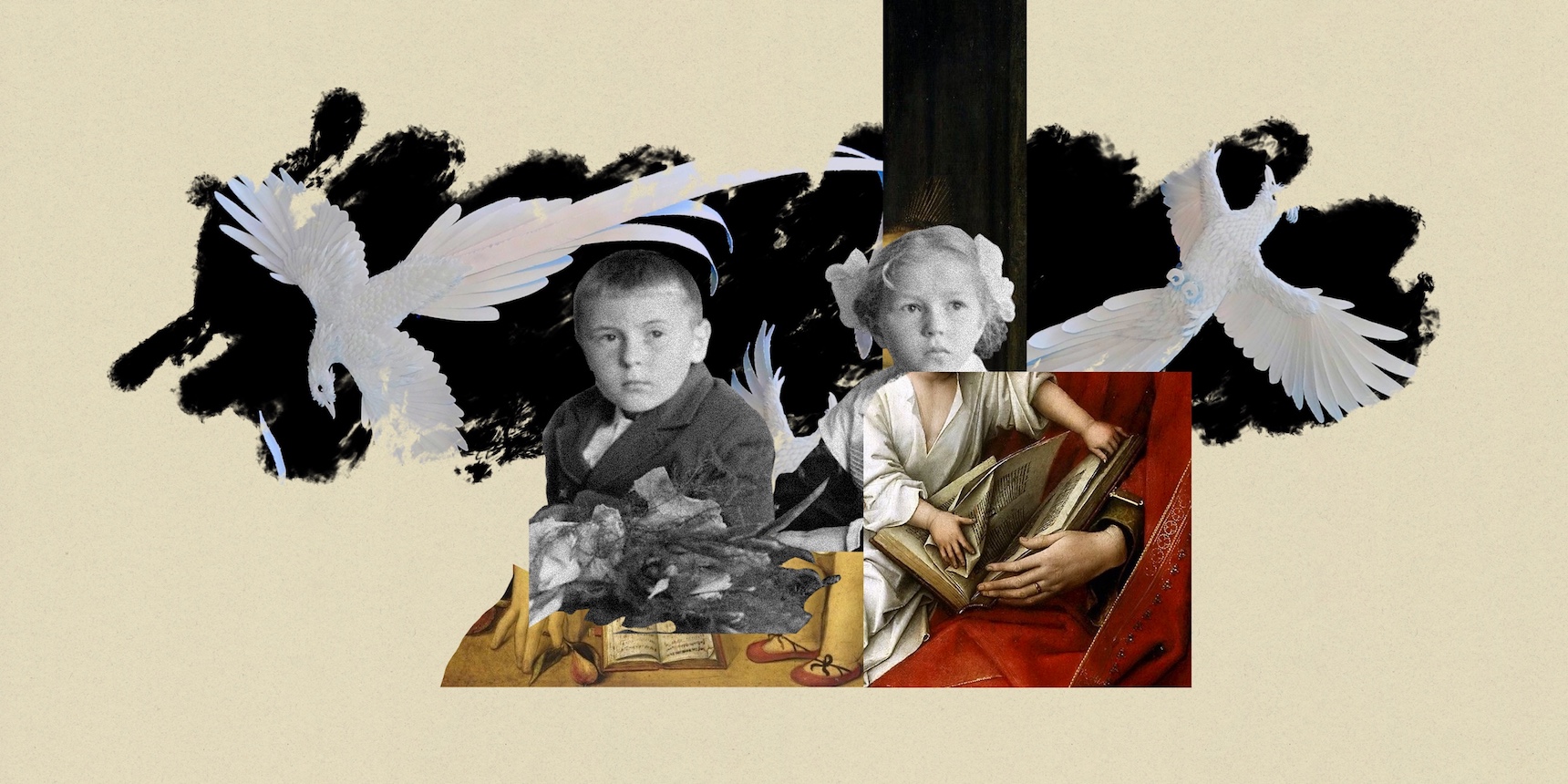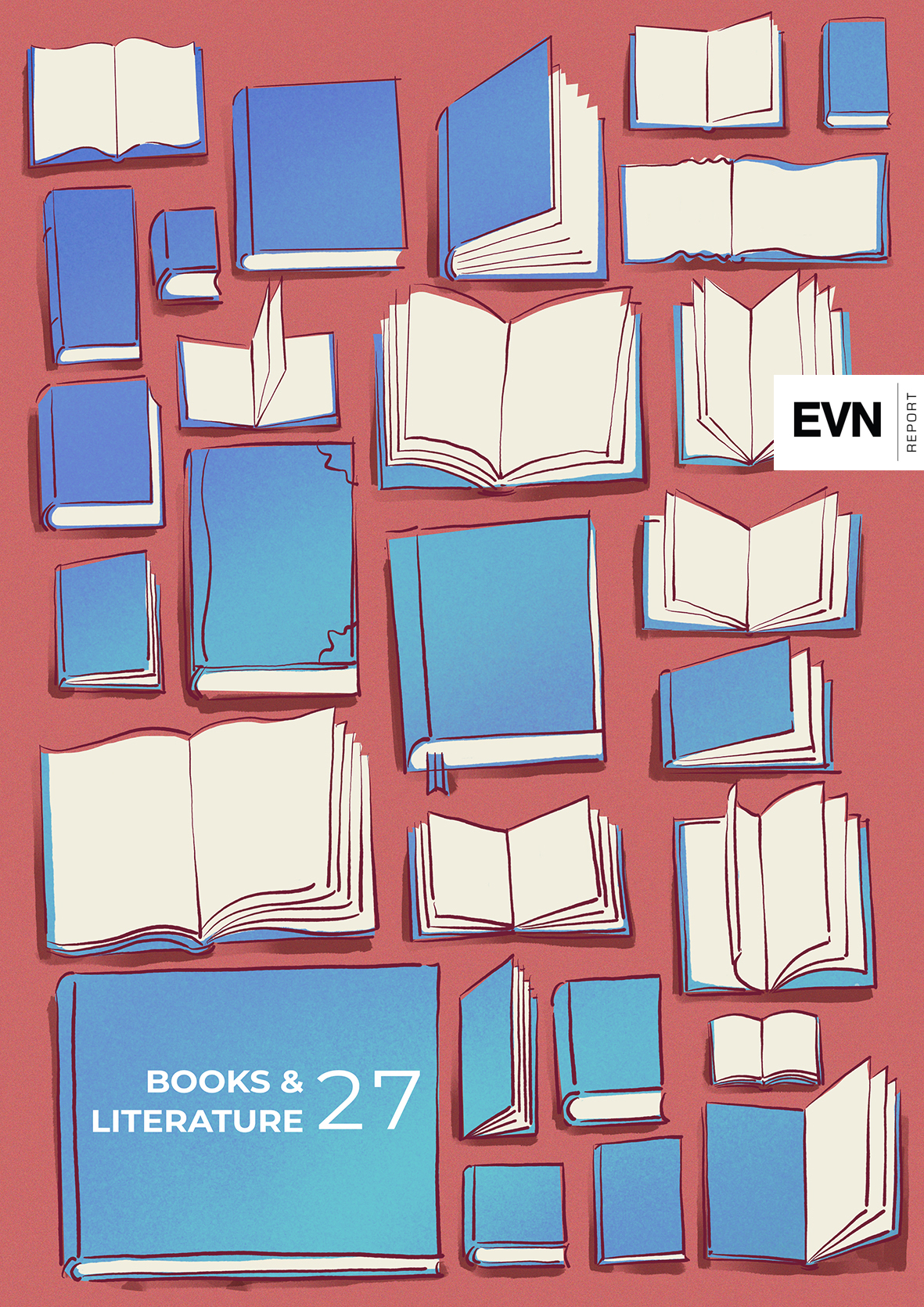
Over the past few decades, many countries, including Armenia, have begun to move toward inclusive education. The transition went relatively smoothly in many countries from around 1970, but in other countries, particularly those with a Soviet past, that process was more challenging. Hindrances to the shift stemmed from attitudes and preconceptions toward people with special needs.
Armenia’s historical records provide some insights related to children with special needs. In 345 AD, during the reign of King Arshak the Second, a decision was made by the ecclesiastical legislative assembly presided over by His Holiness Catholicos Nerses. As a result, children, orphans, the poor, and the elderly with mental and physical disorders were brought under the care of the state and the church. A number of charity institutions were also established in various regions for children with visual, hearing, mental and physical disorders.
During the Soviet period, Armenia had special schools for children with disabilities. These were mostly boarding schools, however. This is why many of us are not used to encountering individuals with special needs in our surroundings. We might meet them in churches, where they might ask for support — but we wouldn’t see them in our everyday lives — in schools, in movies, or in literature. We were not informed of their accomplishments and successes. Parents with children with special needs would be ashamed and keep their neighbors and even relatives in the dark about it. Children with disabilities continue to face widespread stigma and discrimination based on deeply rooted negative perceptions about disability.
In the Republic of Armenia, a systematic process of rights protection was initiated after the country joined the UN Declaration of the Rights of the Child in 1996. The first inclusive school opened its doors in 1999. Of course, it was hard; we couldn’t picture children with disabilities next to our children.
At first, inclusive schools only provided children with disabilities the opportunity to participate in education with their peers. Later, we started seeing inclusion as a broader concept, emphasizing the participation of diverse children, regardless of race, ethnicity, religion, language, socioeconomic status, or gender identity. Now, we know that real inclusion means that the child has a sense of belonging to the social group, class, and school –– psychological inclusion. The most crucial requirement for this feeling is the child’s acceptance. Classmates, who do not have the experience of interaction with different individuals can react in a variety of ways, from ridicule to laughter to pity –– reactions that are equally unacceptable.
Changing the attitudes, behaviors and social norms that underpin the stigma and discrimination faced by children with disabilities is a complex process. Practitioners need a set of evidence-based practical tools, so that resources can be directed towards interventions that produce lasting change and can be taken to scale, to achieve wider impact.
There are various approaches for accepting the differences of others and changing stereotypes. Reading children’s literature that includes characters with disabilities can be instrumental in changing readers’ attitudes and social stereotypes. This finding gave me the idea to study changes in the mindset of school-age children reading books that feature characters with special needs. We used the novel “Out of My Mind” by Sharon Draper,[1] translated to Armenian. The story presents a character named Melody with cerebral palsy who can’t walk or talk, but is strong, clever, and determined. Children who read the novel can understand Melody’s struggles, the attitude of her peers and teachers toward her, and how she prevails.
We asked 12-13 year-old children to read the book and then organized post-reading discussions. Concepts such as ”difference”, ”prejudice”, ”tolerance”, and ”justice” in relation to people different from them were discussed, as were issues related to how one behaves when another person is different, including whether it is possible to control one’s reaction. Additionally, the children were asked to define the concept of “friend”, describe Melody as a friend, the difficulties of Melody’s friends and so on.
The discussions demonstrated how all children begin to think differently when presented with representations of diversity. They remarked that they will never have the same attitude toward a child using a wheelchair again. Children with disabilities reading this book indicate they feel less alone, and that there are children like them around the world.
Reading such books can be effective in this way because it’s common for children to identify and empathize with fictional characters.
Our study reaffirms that children’s literature can be used as a powerful tool to showcase individual differences as well as how societal attitudes and stereotypes can be changed.
Footnotes:
[1] The novel has been translated by the author of this article.
References:
1-Avagyan A. (2015) “The Development Perspectives of Inclusive Education as Part of Reforms Carried Out in Kh. Abovyan Armenian State Pedagogical University”,- Inclusive Education: Current Issues and Challenges, International Conference, Yerevan pp. 385-388
2-Avagyan, A., Baghdasaryan L., Sargsyan, K., (2019)“Changing Stereotypes With Regard to Special Needs Through Children Literature” The Journal of the International Association of Special Education, 19(1), p. 37-44
3-Kurtts, S.A. & Gavigan, K.W. (2008). “Understanding (Dis)abilities through Children’s Literature.” Education Libraries: Children’s Resources, Volume 31, No. 1, 23-31.
4-Minasyan, A. (1980) “Basics of Defectology” p. 261. (Published in Armenian)
5-UNICEF, Children with disabilities. https://www.unicef.org/disabilities/
Magazine Issue N27
Books & Literature
The magazine issue for March — “Books and Literature” — include articles about the art of translation, what it means to be a literary agent in modern day Armenia, memory and literature, how books can help teach children about disabilities, and how Armenian literature created the image of Yerevan as a “sunny city” during the last century, serving as a lens to read the capital of the country.
Literary Agenting: The Good and the Bad
What does it mean to be a literary agent? What should one know about a job which can be time-consuming and exhausting but can also bring incredible satisfaction? Literary agent Arevik Ashkharoyan shares her thoughts and sometimes funny experiences.
Read more


